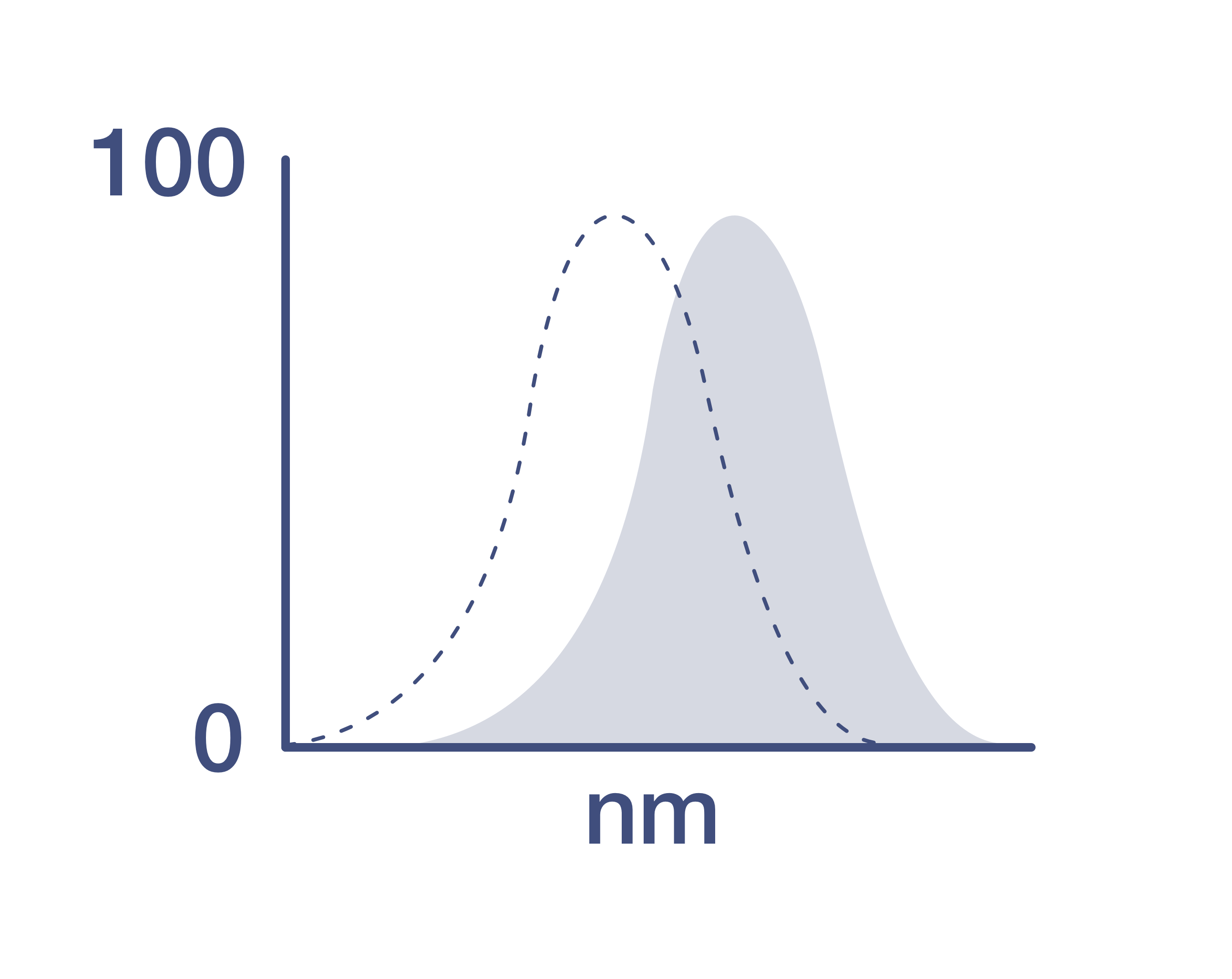Search
Invitrogen
Mouse IgG2a kappa Isotype Control (eBM2a), Brilliant Violet™ 480, eBioscience™
{{$productOrderCtrl.translations['antibody.pdp.commerceCard.promotion.promotions']}}
{{$productOrderCtrl.translations['antibody.pdp.commerceCard.promotion.viewpromo']}}
{{$productOrderCtrl.translations['antibody.pdp.commerceCard.promotion.promocode']}}: {{promo.promoCode}} {{promo.promoTitle}} {{promo.promoDescription}}. {{$productOrderCtrl.translations['antibody.pdp.commerceCard.promotion.learnmore']}}
FIGURE: 1 / 1
Mouse IgG2a kappa Isotype Control (414-4724-81) in Flow

Product Details
414-4724-81
Flow Cytometry (Flow)
Control (Ctrl)
Host/Isotype
Class
Type
Clone
Conjugate
Excitation/Emission Max
Form
Concentration
Purification
Storage buffer
Contains
Storage conditions
Shipping conditions
RRID
Product Specific Information
Description
This is a monoclonal mouse IgG2a, kappa antibody. It is used as an isotype control for mouse IgG2a antibodies.
Applications Tested
This eBM2a antibody has been tested by flow cytometric analysis of normal human peripheral blood cells and mouse splenocytes. Use at the same concentration as the experimental antibody.
Blocking Buffers
When using two or more Super Bright, Brilliant Violet™, Brilliant Ultra Violet™, or other polymer dye-conjugated antibodies in a staining panel, it is recommended to use Super Bright Complete Staining Buffer (Product # SB-4401) or Brilliant Stain Buffer (Product # 00-4409-75) to minimize any non-specific polymer interactions. Please refer to the datasheet for Super Bright Staining Buffer or Brilliant Stain Buffer for more information.
Fixation
• Samples can be stored in IC Fixation Buffer (Product # 00-8222) (100 µL of cell sample + 100 µL of IC Fixation Buffer) or 1-step Fix/Lyse Solution (Product # 00-5333) for up to 3 days in the dark at 4°C with minimal impact on brightness and FRET efficiency/compensation.
• Some generalizations regarding fluorophore performance after fixation can be made, but clone specific performance should be determined empirically.
• Our internal testing suggests that Brilliant Violet™ 480 (BV480) is not compatible with methanol-based fixation.
Excitation: 440 nm; Emission: 479 nm; Laser: Violet Laser.
BRILLIANT ULTRA VIOLET™ is a trademark or registered trademark of Becton, Dickinson and Company or its affiliates, and is used under license. Powered by Sirigen™.
Target Information
Mouse IgG2a is a subtype of immunoglobulin G antibody that is produced by B cells in response to an antigen. It is the second most abundant IgG subtype in the serum and plays a crucial role in the adaptive immune response. Mouse IgG2a is composed of two heavy chains and two light chains, and it is involved in opsonization, complement activation, and antibody-dependent cell-mediated cytotoxicity. It is also involved in the regulation of immune responses, including the activation of T cells and the inhibition of B cell activation. Mouse IgG2a is widely used in research and diagnostic applications, including ELISA, Western blotting, and immunohistochemistry. It is also used in therapeutic applications, such as immunotherapy and vaccine development.
For Research Use Only. Not for use in diagnostic procedures. Not for resale without express authorization.

Performance Guarantee
If an Invitrogen™ antibody doesn't perform as described on our website or datasheet,we'll replace the product at no cost to you, or provide you with a credit for a future purchase.*
Learn more
We're here to help
Get expert recommendations for common problems or connect directly with an on staff expert for technical assistance related to applications, equipment and general product use.
Contact tech support

